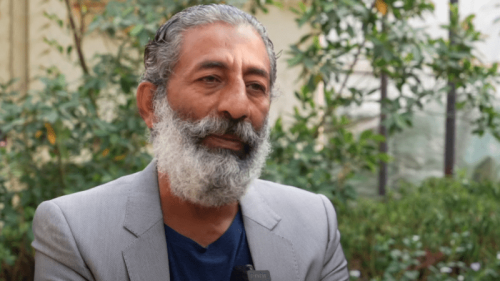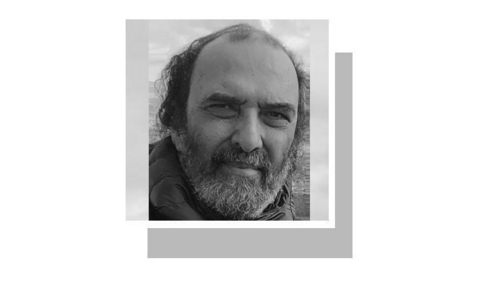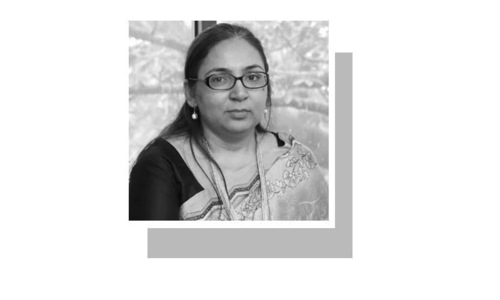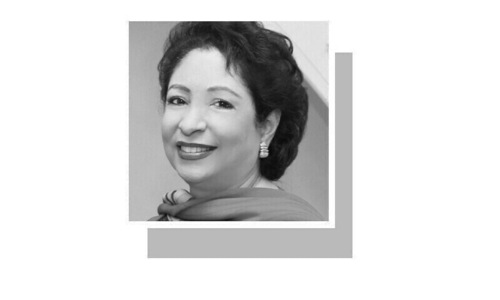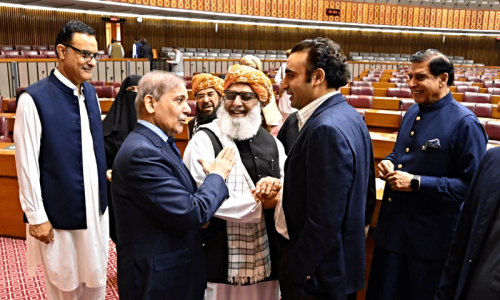ACCORDING to a distressing news report on Friday, a young woman has accused her employer of raping and taking indecent photographs of her. She has alleged that she was also gang-raped by her employer and police personnel. Raped for eight months in Muzaffargarh district, she took the courageous step of approaching the Supreme Court — in the hope that other women would not have to suffer her ordeal. The statistics are troubling: in 2014, four women were raped in Pakistan everyday, according to War Against Rape. Although rape is clearly defined in Section 375 of the PPC as “a man having sexual intercourse with a woman against her will …”, the state fails to examine institutional and structural failures. HRCP statistics for 2014 recount women and girls as victims of 597 gang rapes, while 828 were raped and 36 stripped in public. Why are the numbers of registered rape cases lower than those reported in hospitals? Women refuse to register police reports because they are judged on the basis of their alleged behavioural history. The horrors of rape are compounded with an inappropriate line of questioning by law-enforcement authorities, such as, what sort of clothes she was wearing when raped.
It’s the constant shaming that feeds the history of rape impunity. With no forensic investigation, police do not immediately register a report leaving time for the victim to succumb to intimidation by the perpetrator, despite rape and gang rape being non-compoundable offences under the Protection of Women Act (Criminal Law Amendment), 2006. Medico-legal officers still use painful testing methods to verify the claims of a victim; DNA facilities are rare, and the need to check for physical evidence disregarded. Judges and lawyers will negotiate out-of-court settlements. If women report sexual abuse, they are often disbelieved or seen as partially responsible. Societal stigma shames victims. Women are raped on the orders of illegal panchayats and jirgas. Mukhtar Mai’s case in 2011 would perhaps have served as a deterrent, but only one of 14 alleged perpetrators accused of gang-raping her was convicted. Rape can only be addressed when perpetrators are prosecuted and shamed; and when victims are supported institutionally to name and shame. Presently, the police and judiciary appear to have failed the state as the protectors and arbiters of justice. Only when state institutions tackle the thinking that goes with violent patriarchal control over women will upward trends in crimes of violence dip.
Published in Dawn, April 10th, 2016






















